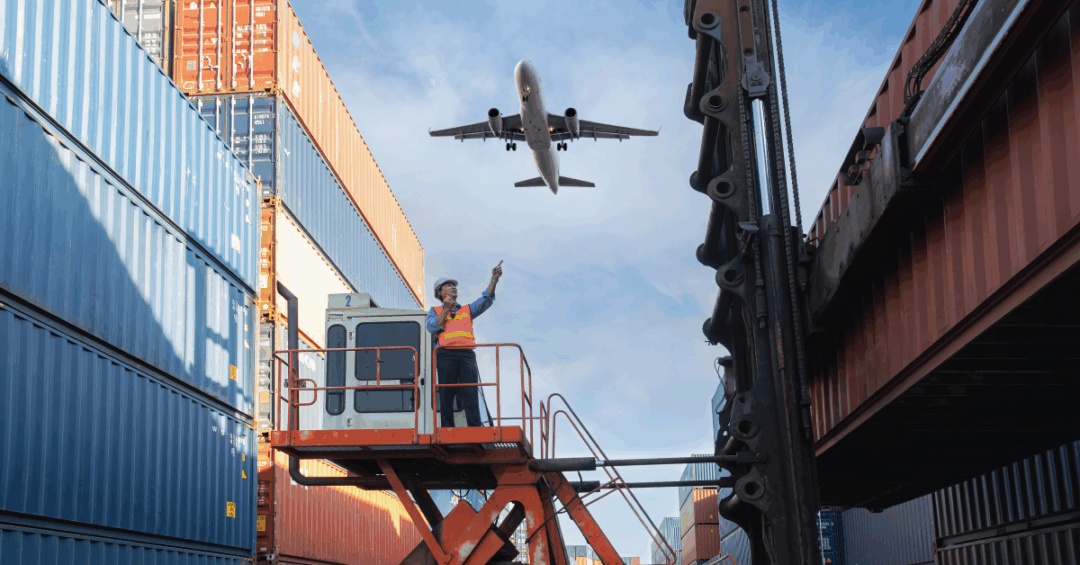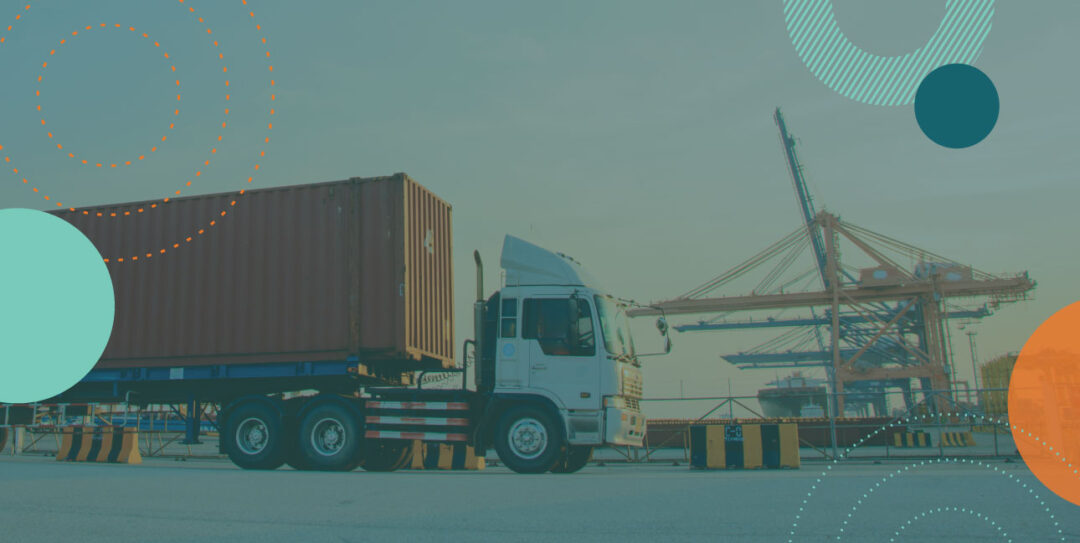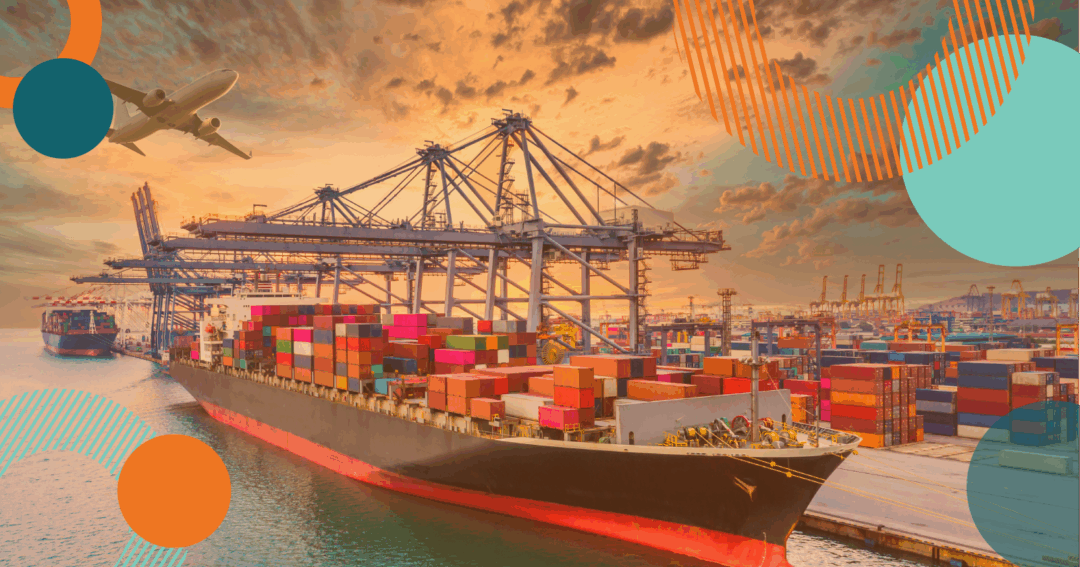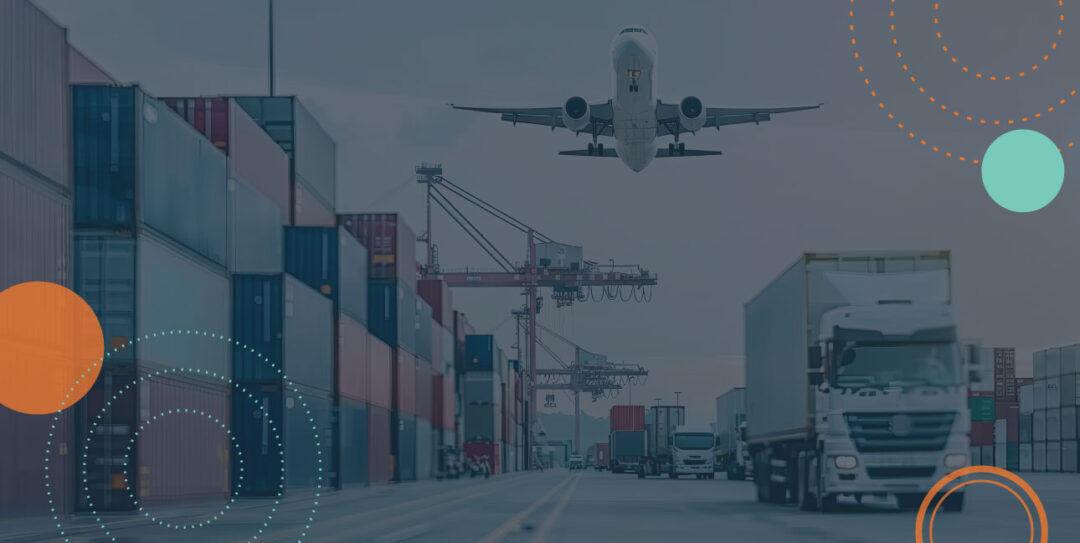Blog
Tips, Trends, and More
Our team of experts is happy to offer advice, forecasts, and other useful information about the logistics and supply chain industries. Check out our blogs by clicking below.

Rate Volatility in 2025: What Importers Need to Know as We Close the Year
Ocean and air-import programs have been unpredictable—from plentiful capacity and low prices one week to reduced sailings and spiking spot rates the next. Volatility is now the norm for late 2025, driven by geopolitical tensions, capacity management, shifting seasons,...

The Hidden ROI of Air Freight: Beyond Speed to Strategic Value
When most people think of air freight, they think of one thing: speed. It’s the go-to option when production schedules are at risk, when a customer needs to meet a deadline, or when a critical shipment simply has to arrive now. But for manufacturers in industries like...

Global vs. Regional Sourcing: Striking the Right Balance
For years, automotive manufacturers have pushed hard toward global sourcing. It made sense, allowing for lower costs, access to specialized suppliers, and the ability to leverage economies of scale. Disruptions in recent years, however, have shown that the cheapest...

Ocean Shipping: The Trends and How Ports are Reshaping the Game
If the last few years taught shipping anything, it's that the ocean doesn't just move cargo — it moves strategy. Carriers, shippers, and logistics teams are navigating a market that balances seasonal demand with structural change: larger ships, increased automation,...

Decoding the East–West Freight Market: What Importers Need to Know
Global supply chains run on east–west trade. The flow of goods and raw materials from Asia and Europe into North America is the backbone of international supply chains, feeding manufacturers, retailers, and distributors with everything from automotive parts and...

2025 Mid-Year Freight Market Recap: What’s Ahead for Truckload and Containerized Shipping
As we pass the midpoint of 2025, the freight market continues to change and shift in response to various economic, geopolitical, and industry-specific factors. Since the truckload and containerized shipping sectors are vital components of the logistics industry,...

Freight Forwarding: Precise Timing When Coordinating Global Inbound Flows in Mexico
In today’s global supply chains, one of the most critical and complex challenges is managing inbound flows from Asia and Europe into production facilities in Mexico. With Mexico’s strategic role in manufacturing, suppliers and logistics providers need to take measures...

The Benefit of Integrating International and Domestic Logistics
Supply chain operations are becoming a strategic advantage rather than a background operation in today's highly competitive global market. Manufacturers often need to transport raw materials, components, and finished products seamlessly across continents and borders,...

Freight Consolidation: A Smart Strategy for Manufacturers in Global Supply Chains
In today's competitive market, manufacturers face numerous challenges, including fluctuating transportation costs, fragmented supplier bases, capacity constraints, and ongoing regulatory changes. Optimizing logistics operations is critical for building resilience...

The Pros and Cons of Using a U.S.-Based Freight Forwarder
Businesses continuously seek the most efficient, cost-effective methods to ship their products across borders within the global supply chain. Partnering with a U.S.-based freight forwarder can be the most viable option for many companies focused on the North American...
